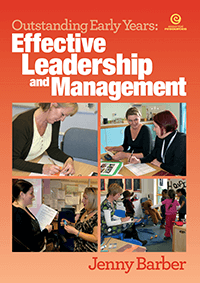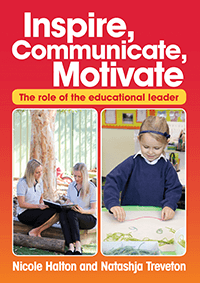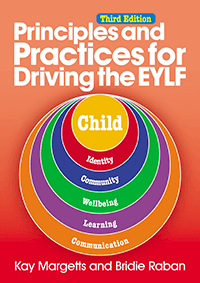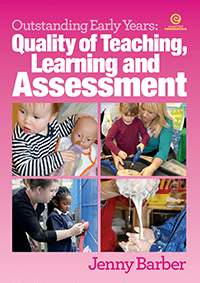Contents |
| Effective leadership makes a difference | 4 |
| Why leadership matters in the early years | 4 |
| Lasting impact | 5 |
| Introducing the early years leader | 6 |
| Effective leadership practice | 6 |
| The educational leader in early childhood education and care settings | 7 |
| Communication | 8 |
| Leadership styles | 8 |
| Influences | 8 |
| Characteristics, skills and roles | 9 |
| The leader as a reflective practitioner | 13 |
| What is reflective practice? | 13 |
| The reflective journal | 14 |
| The balance wheel | 16 |
| The Johari window | 17 |
| Developing a feedback culture | 20 |
| Where are we going? The importance of vision | 23 |
| What is a vision and why does it matter? | 23 |
| What is your vision? | 23 |
| Letter from the future | 23 |
| Paperwork | 26 |
| Displaying the vision | 27 |
| Recruiting for the vision | 27 |
| Leading and living the vision | 29 |
| The importance of next steps | 30 |
| Putting a man on the moon | 30 |
| Building a team | 33 |
| Induction of new staff | 33 |
| Providing ongoing support | 34 |
| Motivation | 36 |
| Delegation of responsibilities | 38 |
| Belbin’s theory | 40 |
| The leader as mentor | 42 |
| Mentoring and the role of mentor meetings | 42 |
| Mentoring and leading for continuous improvement | 42 |
| Supervision and line management | 43 |
| Characteristics of effective mentoring | 44 |
| Support and challenge | 49 |
| Building leadership through communities of practice | 51 |
| A community of leaders | 51 |
| What is a community of practice? | 51 |
| Establishing a community of practice | 53 |
| Coaching skills for leadership | 55 |
| Giving advice and making suggestions | 56 |
| Listening | 57 |
| Questioning | 58 |
| Feedback | 61 |
| Change and action planning | 63 |
| Motivators | 64 |
| Using William Bridges’ theory to help manage change | 65 |
| Three lessons from the world of psychology | 67 |
| Action planning | 70 |
| Prioritising | 71 |
| From prioritising to action | 72 |
| Goal setting | 73 |
| What happens next? | 77 |
| Notes | 78 |
| Books and websites | 79 |




